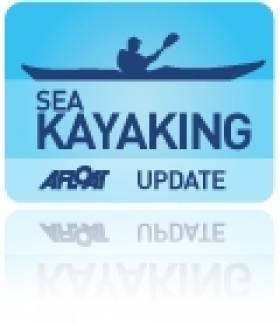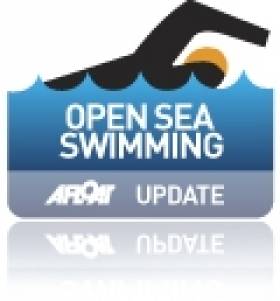Displaying items by tag: Cancer Research UK
Duo Set for Sea Kayaking Challenge off Western Scotland
#SEA KAYAKING - Brit duo Andy Pearson and Paul A'bear will embark on a 500-mile sea kayaking voyage along Scotland's west coast this summer in aid of charity.
Canoe & Kayak UK reports that the pair will set out from the Solway Firth near the Scottish border at the end of June on the expedition that will take them through the Irish Sea to the Atlantic Ocean.
The adventure will see them paddle through "wild, stormy seas" and "some of the strongest tidal currents in the world".
Pearson and A'bear, who have been friends since primary school, hope to raise at least £1,000 for Cancer Research UK.
For more details on their adventure visit www.westcoastchallenge2012.co.uk.
Ronan Keating Battling the Waves in Irish Sea Charity Swim
Singer Ronan Keating set off with a group of celebrities and 'super swimmers' on a charity crossing of the Irish Sea from Holyhead to Dublin late last night.
The former Boyzone star is joined by TV presenters Jenny Frost and Jason Bradbury, writer and psychologist Pamela Stephenson and British Olympic swimmer Steve Parry.
Keating and his group - who all have personal or family experience of cancer - hope to raise £1 million (€1.13 million) for Cancer Research UK.
Each celeb will take turns swimming for one hour until the group reaches landfall in Dublin - a journey that's expected to take 40 hours and could cover as much as 70 nautical miles due to tidal variations.
The Irish Times has more on the story HERE.

























































